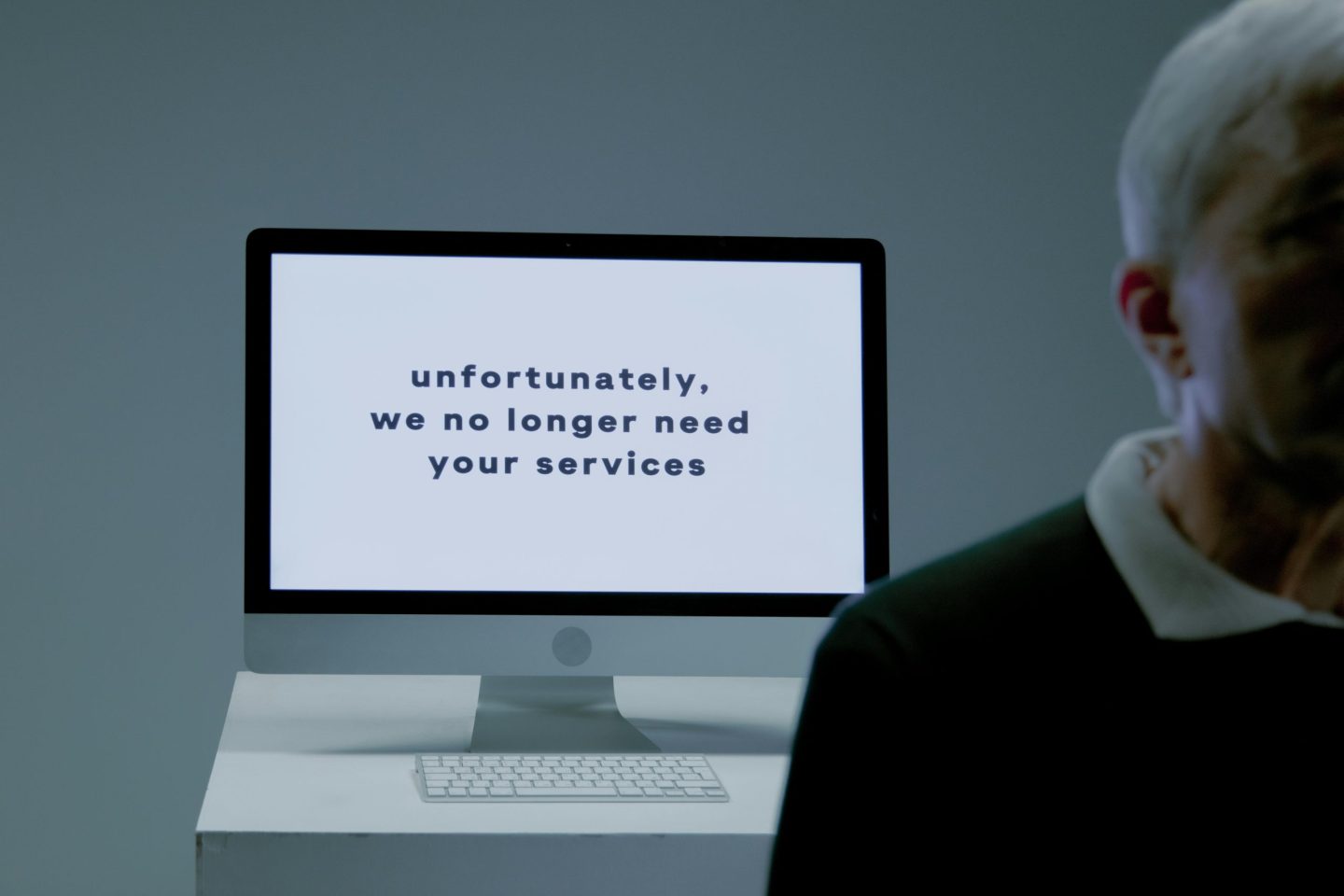
Microsoft is undertaking a significant workforce restructuring, announcing plans to cut approximately 7,000 roles across the company. The move largely impacts middle managers and non-technical staff and is aimed at streamlining operations to support Microsoft’s growing focus on artificial intelligence (AI) initiatives.
The layoffs are part of a strategic shift by the technology giant, which seeks to reallocate resources toward its AI projects and maintain its competitive edge in the fast-evolving tech landscape. The company, which has posted strong earnings recently, states that the job cuts are not necessarily a sign of financial trouble but rather a proactive move to align its workforce with long-term technological priorities.
“This decision allows us to reduce layers that slow down innovation and bring more technical talent into areas where it matters most—such as our AI and cloud computing teams,” a Microsoft spokesperson said in a statement.
In recent years, Microsoft has invested heavily in AI, partnering with OpenAI and integrating AI tools such as Copilot into its Office products, Azure services, and the Windows platform. The company’s focus on generative AI and intelligent cloud solutions has been a cornerstone of its growth strategy.
Industry analysts view the reduction in middle management as part of a broader corporate trend, where organizations increasingly favor flatter structures and agile teams that are better suited for fast-paced technological development.
Microsoft has indicated that affected employees will receive severance packages and outplacement support. The company also emphasized that it will continue to hire in high-priority areas, particularly roles related to engineering, data science, and other technical domains vital to AI and machine learning capabilities.
This workforce adjustment follows similar moves by other major tech firms that have also shifted toward AI-centric operations, underscoring a transformative period in the technology sector where skillsets and organizational structures are being redefined to meet emerging innovations and market demands.
Source: https:// – Courtesy of the original publisher.








